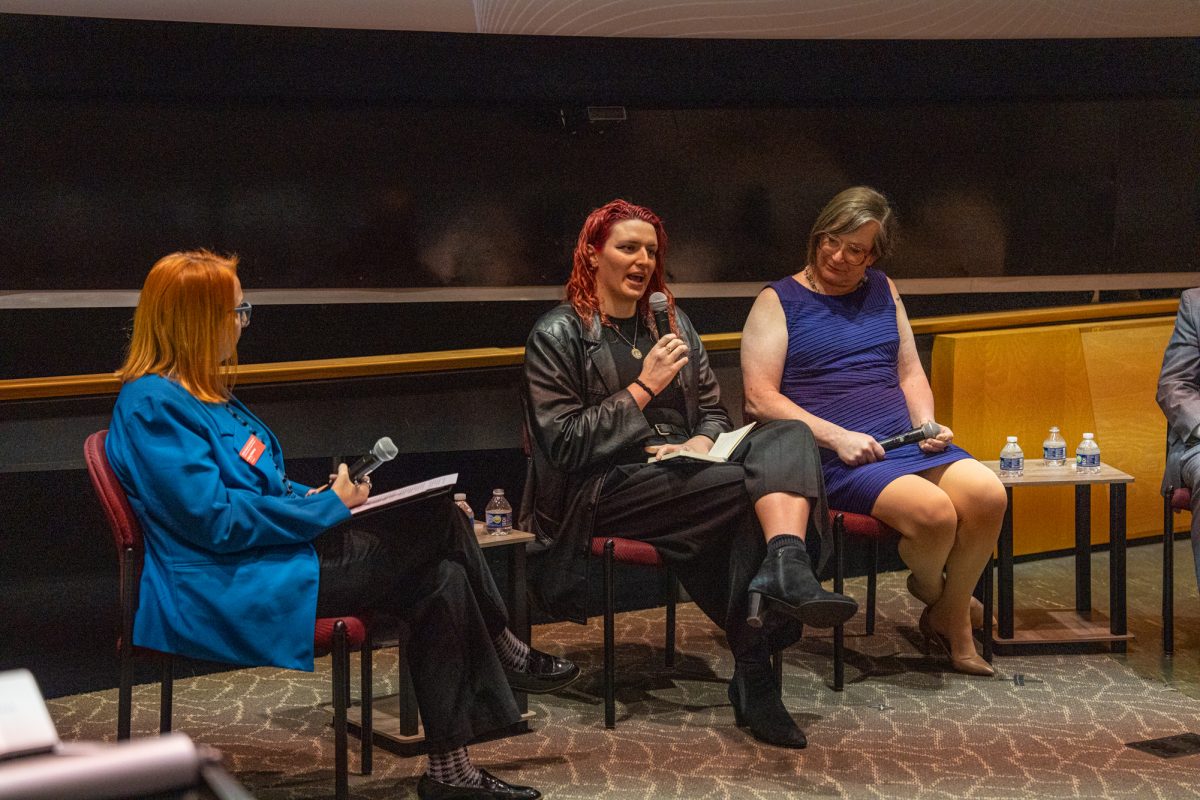Giving the gift of life
October 10, 1996
Imagine you are a 15-year-old girl who has suffered from diabetes since childhood. Your normal life is being disrupted and faced with the prospect of missing out on much of the fun during a time when most of your friends are enjoying their school life.
Imagine further that you have a family member who is dying while waiting for the organ or tissue transparent needed to save his or her life.
These lives could be saved if more people become organ and tissue donors.
Tom Jorgensen, an Ames High School teacher and coach, suffered from a liver disease for a long time. Jorgenson’s doctor suggested that transparent surgery would be a hopeful alternative to helping him get back on the track to health. He was placed on a waiting list and only had to wait until the hospital called him for the liver transplant.
On April 30, 1989, he got the chance of his life. He finally received the liver transplant.
“I got a liver almost seven and half years ago, and I knew it was donated from a 19-year-old young man who came from San Francisco, Calif.,” Jorgenson said. “It’s very grateful for someone to give you the gift of life. It’s an awesome gift.
“But for the liver donation, I would never have had the life of seven and half years with my wife and with my daughter and teaching and coaching,” he said.
According to the Organ Procurement Organization (OPO), every year an estimated 3,000 people die while waiting for organ transplants.
Julie Jorgensen, education coordinator at the Iowa Statewide OPO and daughter of Tom Jorgensen, said, “The need is very large. In 1996, there are more than 48,000 people in the U.S. waiting for an organ transplant and a new name is added to this national list every 20 minutes. Here in Iowa, there are 200 to 300 patients waiting for it.”
Most people are not educated on what organ donation is and have some fears and questions about donation and transplantation, she said. It costs nothing to donate, and recipients are not charged for donated organs and tissue. However it is a federal crime to buy or sell organs.
She said anyone over the age of 18 can indicate his/her desire to be an organ donor by signing a donor card or expressing wishes to family members.
Organs that can be donated include: kidney, heart, liver, lungs and pancreas. Some of the tissues that can be donated include: corneas, skin, bone, middle-ear, bone marrow and connective tissues and blood vessels.
Mary A. Engstrom, supervisor of the ISU Wellness Center, said, “Donation is a very empowering thought and the people who help by giving organs may make a very outstanding contribution to our society.”
Julie Jorgensen, Tom’s daughter, said, “Checking ‘yes’ on the driver’s license means an expression of intent to donate. It’s not a legal document.
“It’s also extremely important that you let your family know that you want to become an organ and tissue donor at the time of your death.”






